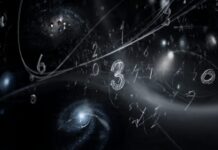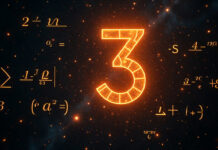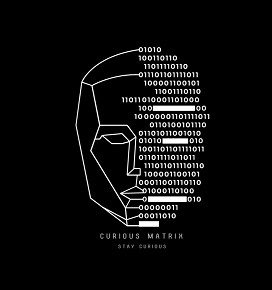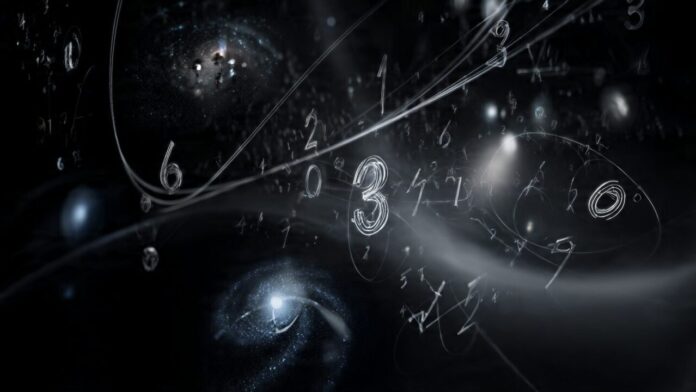
We recently explored the largest numbers in the world, numbers so massive that they stretched imagination beyond galaxies, time, and even reason. Those giant figures showed how far the universe can go when it expands upward in scale.
But today, we’re turning the telescope around. Instead of thinking big, we’re going small. Very small!
We’ll explore the invisible world of tiny numbers — values so miniature that they define the building blocks of everything that exists.
These numbers may not look impressive at first glance. Yet, they quietly rule physics, chemistry, and even our understanding of time and space.
So… They are very, very important!
Let’s begin.
1. The Smallest Number Greater Than Zero

Everyone knows that zero means “nothing.” But what comes right after zero? Is there a next number? Mathematically, there isn’t a single smallest positive number.
You can always take any number and divide it by two — again and again — forever.
For instance, start with 1. Divide it by 2, you get 0.5. Divide again, you get 0.25. Keep going, and you’ll approach zero without ever reaching it. This is what mathematicians call an infinitesimal — a number so small it’s almost nothing, but not quite zero.
Infinitesimals are the heart of calculus. They let scientists describe motion, growth, and change.
Without them, rockets wouldn’t launch, computers wouldn’t calculate, and we couldn’t describe how the world changes from moment to moment.
📌 Interesting fact: Isaac Newton and Gottfried Leibniz both invented calculus in the 1600s using infinitesimals to understand how motion and change really work.
2. The Planck Length – The Smallest Possible Size

If you could zoom in far enough, even space itself would stop looking smooth. At the smallest scale of all, we find the Planck length, which is about 1.616 × 10⁻³⁵ meters.
That’s a decimal point followed by 34 zeros before you even reach a real number. And if we write it down, it looks like this:
0.00000000000000000000000000000000001616255 meters.
This is the smallest meaningful length in physics. Anything smaller than this doesn’t make sense because even space and time lose meaning at that level.
It’s as if the universe is built from tiny pixels, and the Planck length is the size of one pixel of reality.
Physicists believe this is the point where quantum gravity takes over — where the laws of classical physics completely break down.
It’s the true “bottom floor” of the universe’s structure.
📌 Interesting fact: A proton is around 10²⁰ times larger than the Planck length. That’s like comparing a person to the Milky Way galaxy.
3. The Planck Time – The Shortest Moment Possible
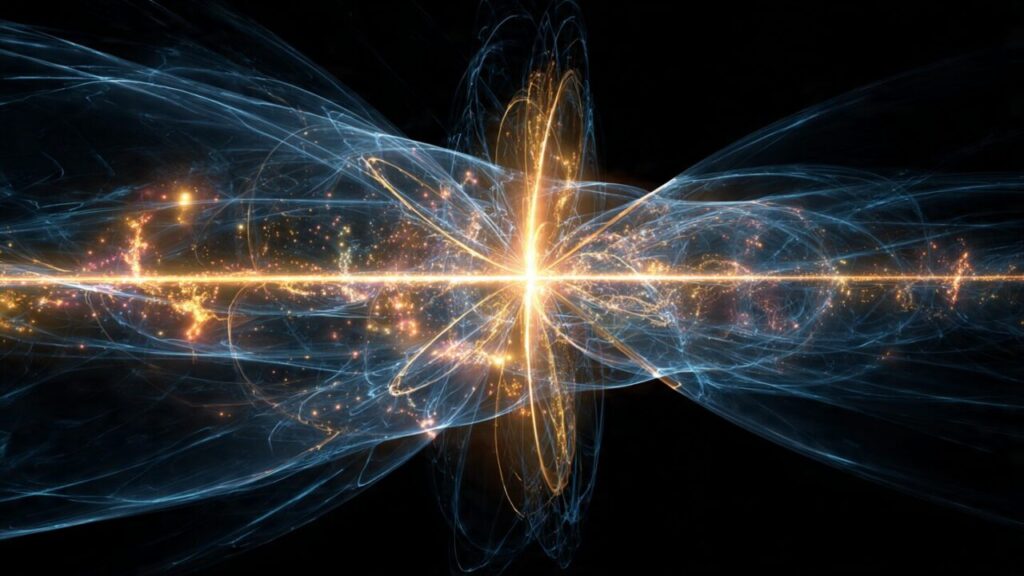
Now that we’ve looked at the smallest size, let’s think about the smallest moment. The Planck time is about 5.39 × 10⁻⁴⁴ seconds, which is how long it takes light to travel one Planck length.
Below this, time itself becomes meaningless. Physicists believe that before one Planck time had passed after the Big Bang, the universe didn’t even follow the physical laws we know.
This number might seem abstract, but it actually forms the foundation for all of modern cosmology.
Every second that passes in your life contains more than 10⁴³ Planck times — that’s a trillion trillion trillion trillion ticks of the smallest clock imaginable.
📌 Interesting fact: One second contains roughly 10⁴³ Planck times. Each of those tiny “ticks” represents the smallest possible unit of time.
4. The Mass of an Electron – 9.109 × 10⁻³¹ kg

At the atomic scale, things get incredibly small. The electron, one of the building blocks of all matter, has a mass of 9.109 × 10⁻³¹ kilograms.
That’s such a small amount that it’s hard to even imagine.
To put it in perspective, it would take 6.6 trillion trillion trillion electrons to equal just one gram. Yet, these nearly weightless particles are everywhere — in every atom, wire, and electronic device you use.
The electron’s small mass allows atoms to be stable and electricity to flow. Without electrons, there would be no chemistry, no electricity, and no life.
📌 Interesting fact: J.J. Thomson discovered the electron in 1897, marking the first time scientists identified a particle smaller than an atom.
5. The Charge of an Electron – 1.602 × 10⁻¹⁹ Coulombs
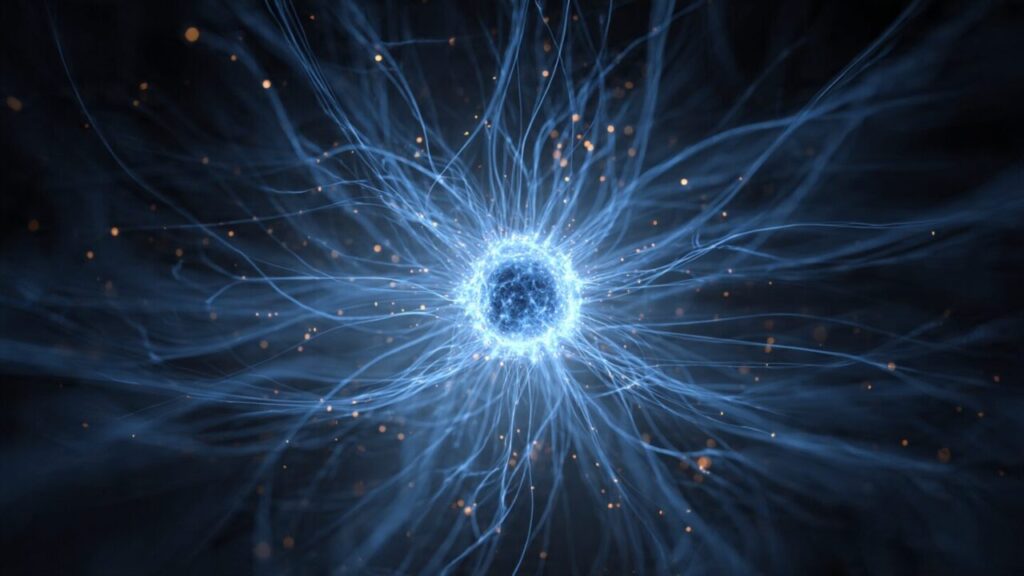
Every electron carries a tiny negative charge of 1.602 × 10⁻¹⁹ coulombs. That number may be small, but it defines how electricity works. It’s the reason magnets attract and repel, lightning strikes, and batteries power your phone.
And the universe is very balanced on this number. A proton’s charge is exactly the same, but positive. Because of this perfect symmetry, atoms remain neutral, allowing matter to form and stay stable.
If that charge were slightly different, everything in the universe — from stars to DNA — would behave differently.
This small number is the foundation of all electric and magnetic forces.
📌 Interesting fact: If you could somehow gather all the electrons in one cup of coffee, their total charge could power an entire city for days.
6. The Gravitational Constant (G) – 6.674 × 10⁻¹¹

Gravity feels strong on Earth, but in cosmic terms, it’s incredibly weak. The gravitational constant, represented by G, is 6.674 × 10⁻¹¹ N·(m/kg)². This number defines how strongly any two masses attract each other.
That small value explains why gravity is noticeable only on a large scale — between planets, stars, and galaxies. Between small objects like people or cars, its pull is almost zero.
Without this small constant, the universe wouldn’t be balanced. Stars might collapse instantly or never form at all.
G is one of the reasons the cosmos is stable enough for life to exist.
📌 Interesting fact: Gravity is about 10³⁶ times weaker than electromagnetism — that’s why a tiny magnet can lift a paperclip against Earth’s pull.
7. The Cosmological Constant – ~10⁻¹²²

Few numbers are as mysterious as the cosmological constant. This value measures the energy of empty space, also known as dark energy, and it’s roughly 10⁻¹²² in Planck units.
It might be the smallest number in physics with a measurable effect. Despite its tiny value, it shapes the entire universe. It controls how fast galaxies move apart and how the universe expands over time.
If it were even slightly larger or smaller, the universe might have collapsed or expanded too fast for life to form.
Its precision is both terrifying and beautiful — a sign that nature works with unimaginable accuracy.
📌 Interesting fact: Albert Einstein first added the cosmological constant to his equations in 1917 to keep the universe “static.” Later, he called it his greatest mistake.
8. The Fine-Structure Constant – 1/137

Some numbers feel almost magical. The fine-structure constant, or α, is one of them. It’s approximately 1/137, and it determines how strongly light interacts with charged particles.
If this number were different by even a tiny amount, atoms wouldn’t hold together, and stars couldn’t burn. Yet it’s the same everywhere in the universe — a silent rule written into the fabric of reality.
Physicists have no idea why this number has the exact value it does. It’s simply one of the universe’s secrets — a constant that keeps everything in balance.
📌 Interesting fact: Nobel Prize-winning physicist Richard Feynman said every scientist should hang the number 137 on their wall, calling it “one of the greatest mysteries of physics.”
9. The Probability of Quantum Tunneling
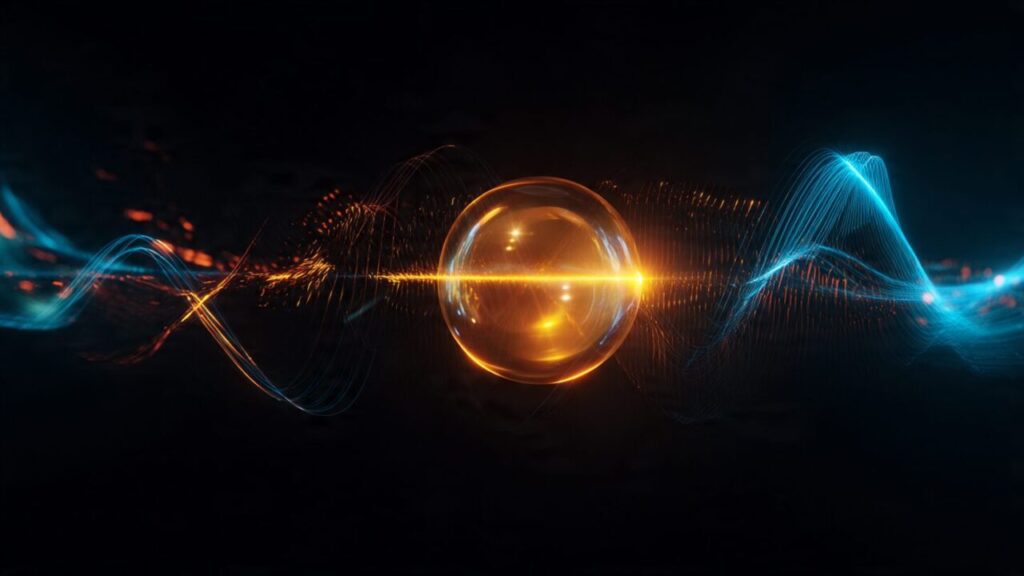
At the quantum level, particles act in ways that defy logic. Sometimes they pass through barriers they shouldn’t — a phenomenon known as quantum tunneling.
The probability of tunneling can be incredibly small — sometimes around 10⁻¹⁰⁰ or less. That means the event is practically impossible, yet not zero. And those rare moments of tunneling are what allow stars to shine.
Inside the sun, protons fuse together only because of quantum tunneling. Without it, fusion couldn’t happen, and the universe would be dark and cold.
📌 Interesting fact: The sun’s entire energy output depends on quantum tunneling — a nearly impossible event that still happens constantly.
10. The Smallest Number Representable in Computers

Even computers have limits. The smallest number a 64-bit computer can handle in double-precision floating-point format is around 5 × 10⁻³²⁴. Anything smaller is treated as zero.
This limit defines how accurately computers can perform scientific simulations or physics calculations. When working with values smaller than that, programs simply can’t tell the difference between “almost zero” and “zero.”
It’s a digital boundary — a reminder that even in the virtual world, smallness has a stopping point.
📌 Interesting fact: Nearly every computer in the world uses the IEEE 754 standard, which defines how these tiny numbers are stored and calculated.
And so…Is There Anything Smaller?

Can we go smaller? Mathematically, yes. You can always write smaller and smaller numbers: 10⁻1000, 10⁻10000, even 10⁻googol. But those are just numbers on paper.
In the real, physical world, we have no evidence — and no theory — that anything smaller than the Planck length can exist or be measured.
Some physicists have speculated that new physics — like string theory — might reveal structures smaller than the Planck scale. But for now, that’s pure theory.
Until we find a way to test it, the Planck length remains the smallest meaningful size in the universe.
Basically, a mysterious boundary between what we know and what lies beyond.
So, Why Small Numbers Matter?

Large numbers may impress us, but small numbers build the world we live in. They form the hidden foundation of every law of physics and every moment of time.
From the charge of an electron to the length of space itself, these tiny values are the universe’s way of whispering perfection. Change any of them slightly, and everything could vanish.
So, next time you think small things don’t matter, remember: the entire universe depends on them.
Summary Table Of Smallest (Named) Numbers
| Number / Concept | Approximate Value | Description |
| Infinitesimal | Conceptual, smaller than any real number | Represents numbers greater than zero but smaller than any finite value. |
| Planck Length | 1.616 × 10⁻³⁵ m | The smallest meaningful length in the universe; below this, space loses conventional meaning. |
| Planck Time | 5.39 × 10⁻⁴⁴ s | The shortest measurable unit of time; the time for light to travel one Planck length. |
| Electron Mass (mₑ) | 9.109 × 10⁻³¹ kg | The mass of a single electron; fundamental to all matter. |
| Electron Charge (e) | 1.602 × 10⁻¹⁹ C | The negative electric charge of an electron. |
| Gravitational Constant (G) | 6.674 × 10⁻¹¹ N·m²/kg² | Determines the strength of gravitational attraction between masses. |
| Cosmological Constant (Λ) | ~10⁻¹²² | Describes the energy density of empty space (dark energy). |
| Fine-Structure Constant (α) | ~0.007297 (≈1/137) | Measures the strength of electromagnetic interactions. |
| Quantum Tunneling Probability | ~10⁻¹⁰⁰ or smaller | Probability that a particle passes through a barrier it normally cannot. |
| Smallest Number Representable in Computers (64-bit) | ~5 × 10⁻³²⁴ | The smallest positive number a computer can store in double-precision. |
















